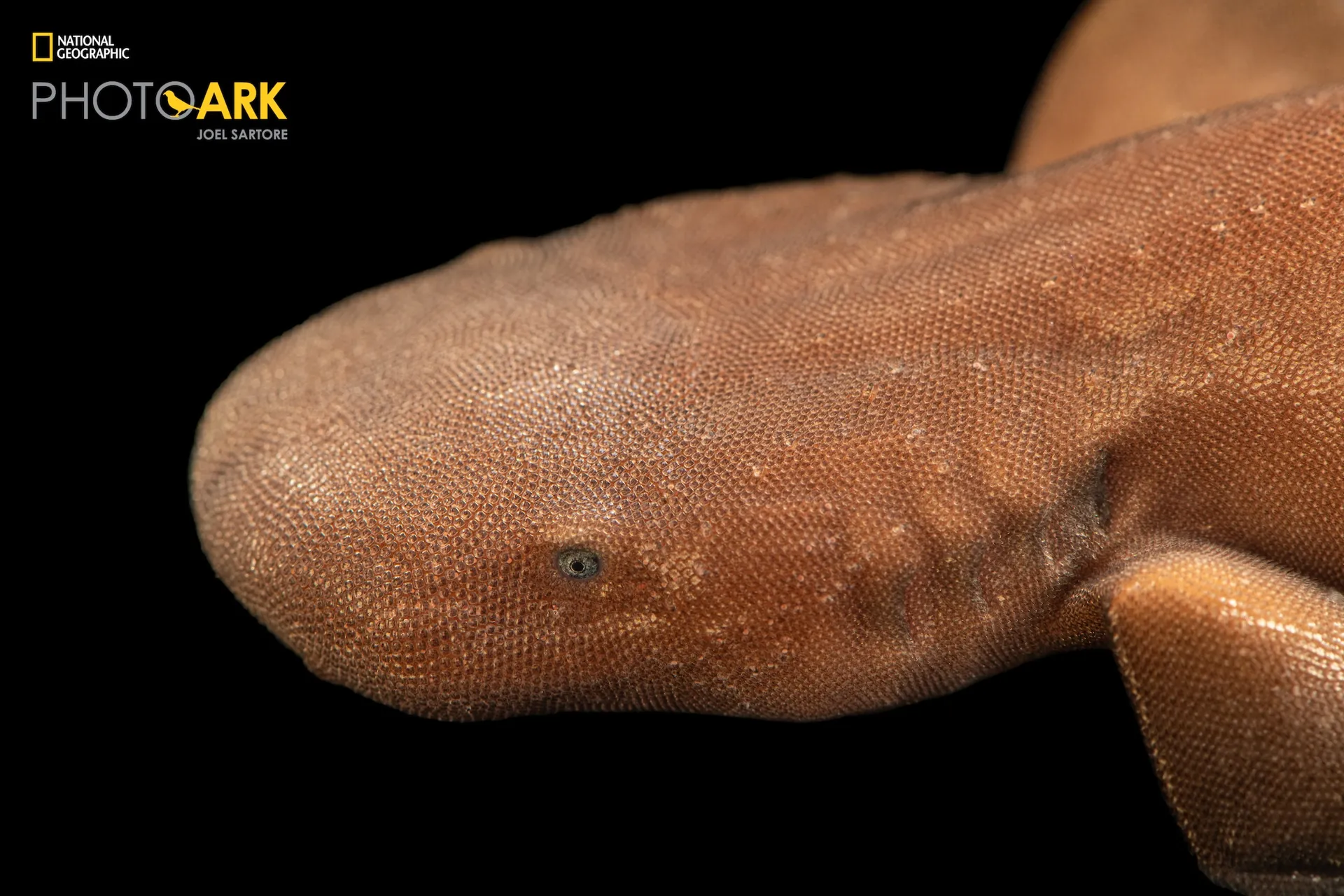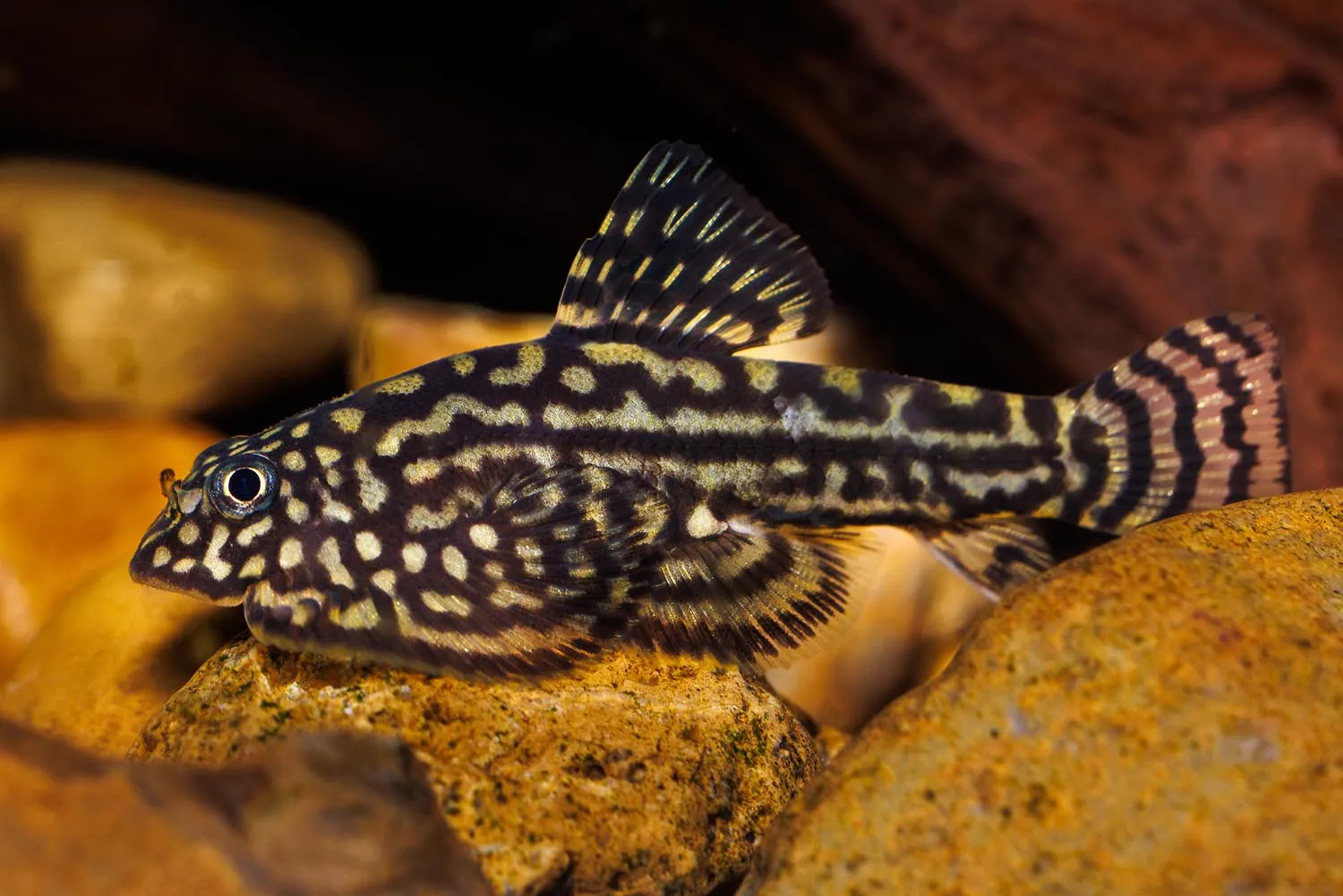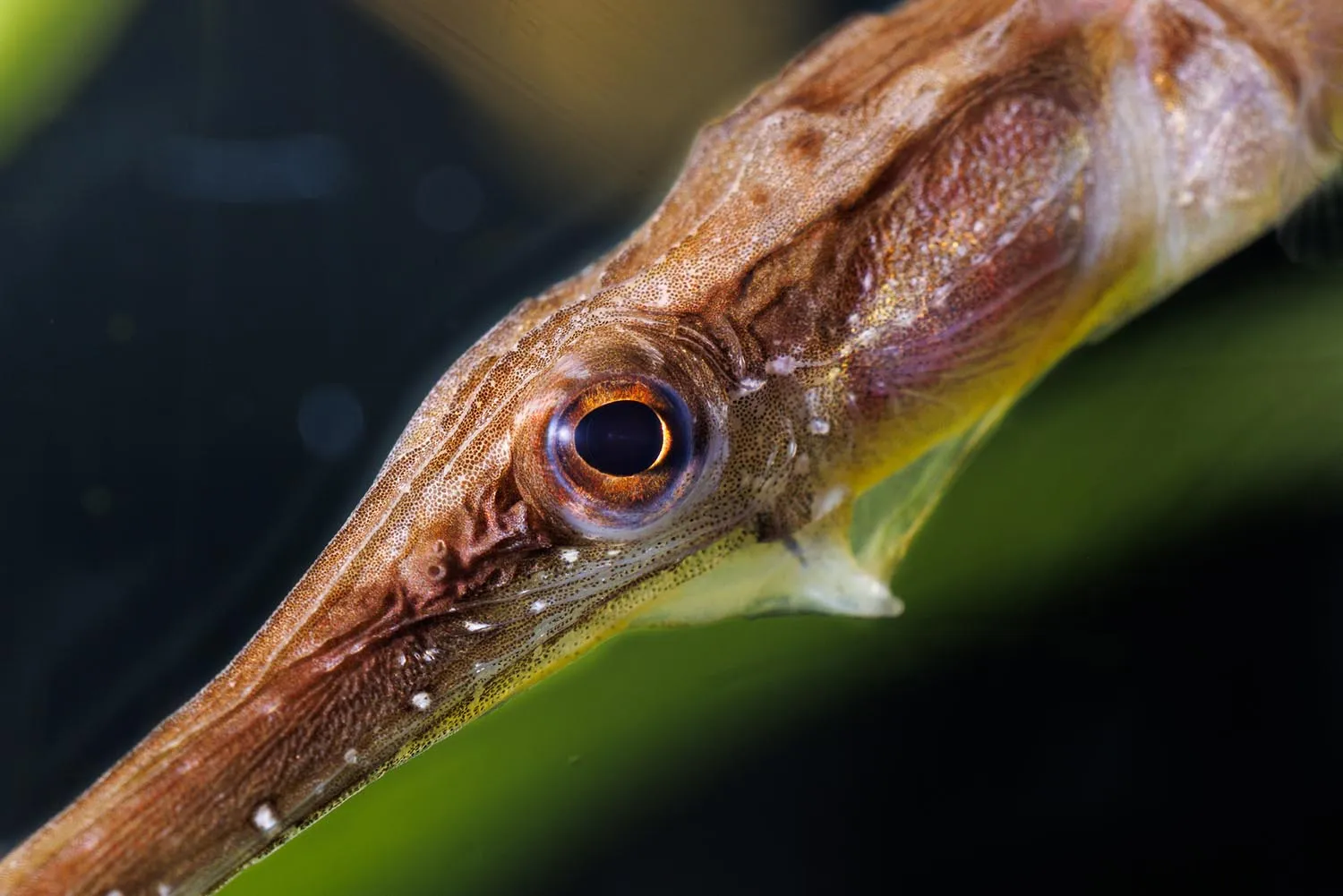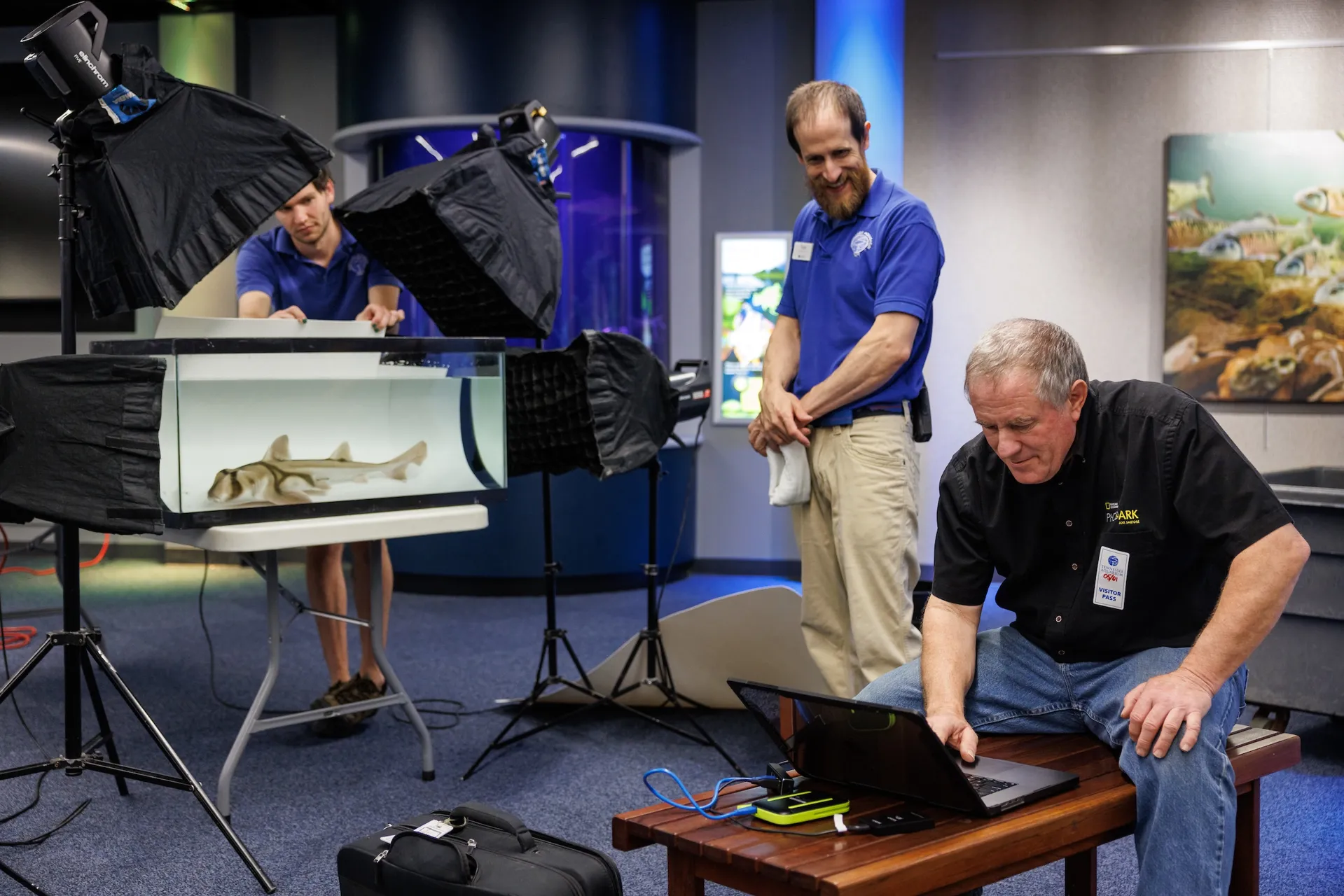Chattanooga, Tenn. (March 6, 2024) – Leaping lemurs, playful otters, and toothy sharks might be the most apparent animals guests see when they visit the Tennessee Aquarium. However, hidden surprises await keen-eyed visitors willing to slow down and look a little bit closer.
Emerging from behind foliage or peeking from inside underwater caves of driftwood and stone, some of the Aquarium’s most fascinating and remarkable creatures can also be the hardest to spot.
In the Rivers of the World gallery, tiny yellow-and-black Hillstream Loaches glide sedately over smooth river stones in the Chinese Mountain Stream exhibit. In the waters of the Delta Country Swamp, Sailfin Mollys flash turquoise and gold tailfins while curious Spiny Softshell Turtles poke their heads up from burrows of mounded gravel. As they slip into the water, North American River Otters and Gentoo Penguins trail streams of bubbles from insulating air trapped beneath their fur and feathers.
These (and many more) moments of awe-inspiring natural beauty, adaptations, and behavior are just waiting to surprise and delight visitors who take the time to get closer, look deeper, and enjoy the “wows” along the way.


To help guests connect with sometimes-overlooked species living beneath its iconic glass peaks, the Aquarium is featuring an exhibit of stunning images from the Photo Ark, an ambitious archive of wildlife portraiture by award-winning National Geographic photographer Joel Sartore.
Two dozen of Sartore’s elegant, inspiring (and occasionally funny) images are displayed in the River and Ocean Journey buildings and nearby Tennessee Aquarium IMAX 3D Theater as colossal, larger-than-life prints or video projections.
During his 18 years working on the Photo Ark, Sartore has created intimate eye-level portraits of animals set against simple black or white backgrounds. This neutral presentation makes even the tiniest mouse seem as important as the largest elephant. Sartore aims to create a comprehensive archive of all 25,000 species living in human care in the world’s zoos, aquariums, and wildlife sanctuaries.
To date, Sartore has photographed more than 15,000 species, all with the singular purpose of inspiring people to care about the world’s wildlife and spurring them to take action to save animals from extinction.
As Sartore’s photographs reveal, even big animals can hold remarkable surprises for those who look closely. Fittingly, the largest animal ever to have lived is the subject of an astounding new film bound for Chattanooga’s biggest screen. Blue Whales: Return of the Giants 3D premieres at the IMAX 3D Theater on Friday, March 8.


Following two scientific expeditions. One joins marine biologist and “Blue Whale Whisperer” Dr. Diane Gendron in Mexico’s Gulf of California. Another whisks viewers to the Seychelles islands of the Indian Ocean in search of a missing population of Blue Whales not seen in 50 years. The film offers unforgettable insights into the lives of these oceanic leviathans and the extreme conditions scientists endure to study them.
With a six-story screen measuring 89 feet wide, the IMAX 3D Theater is one of few screens in the world capable of showing these gentle giants at a near-true-to-life scale.
The Aquarium’s other 45-minute offering takes viewers into our planet’s icy — and surprisingly life-rich — northern wilds. The Arctic: Our Frozen Planet 3D presents incredible footage of single-toothed Narwhals, prowling Grey Wolves, agile Harp Seals, and tenacious Polar Bears as it explores how changes in this remote region of the globe affect the rest of the planet.
For those hoping to escape reality and look even bigger — yes, even more titanic than Blue Whales — March is the month of the sandworms at the IMAX 3D Theater. Sci-fi epic Dune: Part Two will screen daily through March 21. This vast conclusion to director Denis Villeneuve’s adaptation of Frank Herbert’s celebrated novel features a star-studded cast including Timothée Chalamet, Zendaya, Rebecca Ferguson, Javier Bardem, and Josh Brolin.


Later in March, giant-screen film fans can see the latest from New York’s finest paranormal removal specialists in Ghostbusters: Frozen Empire or attend a clash of the titans in Godzilla X Kong: The New Empire.
In between IMAX films and scouring the Aquarium for its seldom-noticed residents, visitors can pause in the IMAX garden or take a walk along the Pollinator Pathway on the Aquarium Plaza.
Created in partnership with the Tennessee Department of Transportation, this self-guided experience features permanent signage describing the incredible behaviors of pollinators like Monarch Butterflies and bees. As guests browse the plaza’s vibrant gardens, they’ll learn ways to make their homes and yards more pollinator-friendly.
Guests visiting from out of town can make planning their visit easier by booking a stay with one of the Aquarium’s hotel partners. Boasting fabulous amenities and easy access to the city’s most exciting attractions, these hotel options will help ensure a fun-filled stay in Chattanooga: https://tnaqua.org/plan-a-visit/hotels/
Learn more about spring break at the Aquarium by visiting tnaqua.org/spring-break/
Showtimes, movie info, and advanced tickets to the IMAX 3D Theater are available at tnaqua.org/imax/
